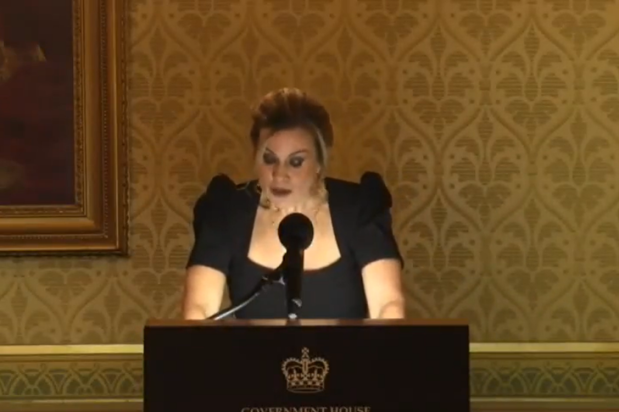International Women’s Day (IWD) came and went, with morning teas and combative speeches. We heard about unconscious bias, injustice, imposter syndrome, sexism, the system, expectations, kids, housework, and everything.
Whenever an unquestioned righteous vibe gets traction, my inclination is to do some fact-checking.
I have to be a bit careful. My daughter’s a bit miffed right now, she’s noticed one boy who is obsessively raising his hand and answering all the questions in her university maths class.
Already a subscriber? Log in
Subscribe for just $2 a week
Try a month of The Spectator Australia absolutely free and without commitment. Not only that but – if you choose to continue – you’ll pay just $2 a week for your first year.
- Unlimited access to spectator.com.au and app
- The weekly edition on the Spectator Australia app
- Spectator podcasts and newsletters
- Full access to spectator.co.uk


























Comments
Don't miss out
Join the conversation with other Spectator Australia readers. Subscribe to leave a comment.
SUBSCRIBEAlready a subscriber? Log in